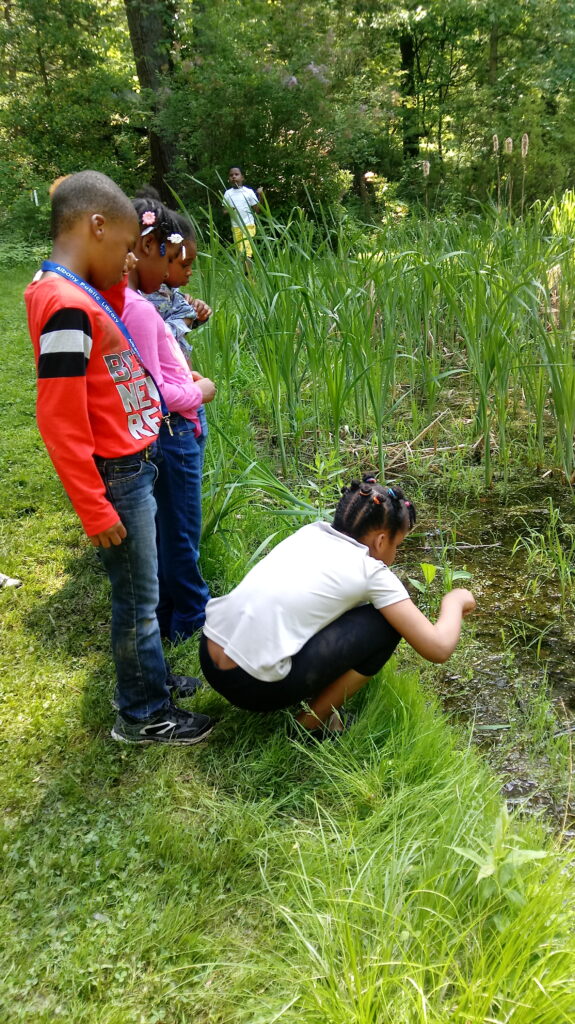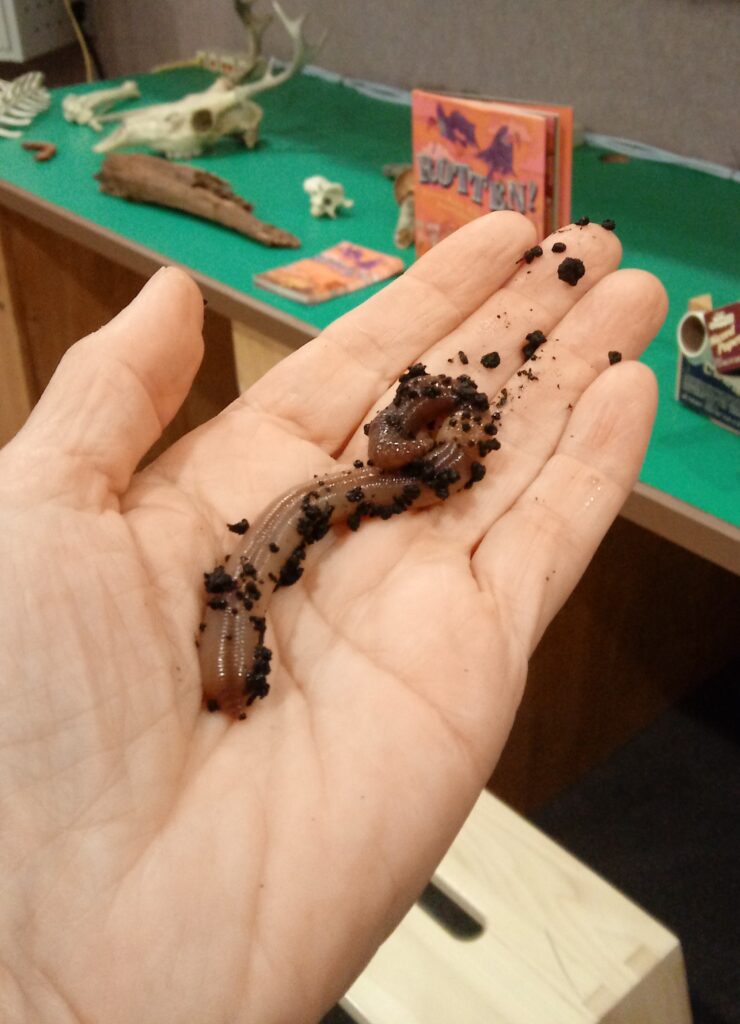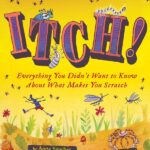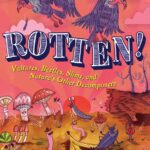When I was in third grade, I had a goal. A goal I pursued with single-minded enthusiasm, dedication, and energy. I was determined to get into Narnia.
I’d been enraptured by reading The Chronicles of Narnia, but reading about it wasn’t enough for me. I wanted to go to that magical land, smell the flowers, talk with unicorns, run my hands through Aslan’s mane. I wanted to have a real, hands-on experience, dragons and all. I spent a lot of time that summer prowling the back of my grandparents’ old wardrobe, tapping on the back wall.
Today, as an educator and writer, my goal has not fundamentally changed. I still want to experience things directly, hands-on, not through a computer screen, or even through the pages of a book. And that’s what I want for my readers, too: close-up, hands-on learning that engages all the senses. Ironically, I write in the hope that kids will stop reading my books—that they will get up and go outdoors, drawn by an irresistible curiosity to see for themselves what I’m writing about.
I’m a writer of science books for children, but my other job is being an environmental educator, working at nature centers and schools. I take students outdoors for science classes–students of all ages, from preschool to college. The tools of my trade are insect nets, hand lenses, feathers, mammal bones, and birds’ nests. During my classes we wade in streams, turn over rotting logs, watch chickadees, observe tadpoles. We get wet, scratched, mosquito-bitten, and muddy.
Over the years, I’ve noticed, it’s gotten harder and harder to persuade my students to leave the blacktop behind. Many children today have a disconnect with nature that is truly scary. Just the other day I led a group of suburban kids on a nature walk. “Wow!” said one little boy, picking up something small and round. “I never thought I’d see one of these in real life.” He was referring to an acorn. He’d seen one on TV, in the movie Ice Age, but hadn’t realized that acorns really existed.
Kids love to experience nature in books, on TV, or in the safe and virtual reality of a computer screen. They especially love the most dramatic parts of the natural world: sharks, tornadoes, piranhas, volcanoes. But few kids will ever witness a real volcanic eruption or swim with an actual great white—they’ll never experience these things directly. In my books I write about the adventures waiting to be had nearby, about the enchantment of finding earthworms and slugs, stomping through mud puddles and picking dandelions—things that kids might be able to find even in the most urban of schoolyards. My books are set close to home to open the possibilities of real-life nature exploration in every child’s environment.
My book Rotten! Vultures, Beetles, Slime, and Nature’s Other Decomposers (HMHKids, 2019) deals with the weird topic of decomposition. In researching it, I wanted to look for examples that kids could experience for themselves—opportunities to observe, touch, and yes, smell things in the act of decomposing. I didn’t have to look very far–decomposition begins when a kid takes a bite of hot dog, and small bits start decomposing between their teeth. Decomposition isn’t something that occurs only in the wilderness; things decompose every day in the refrigerator (mystery meat and green-furred cheese), in the lunchroom trash can, and on the playground.
In my books I often include activities to help students conduct their own experiments. In Rotten I added many sidebars titled: “Rot It Yourself.” I wanted to show my readers how to participate in science by adopting an earthworm, dissecting a rotting log, building a compost pile, or measuring rates of decomposition of buried paper vs. plastic in the back yard.
Perhaps the greatest learning experience when kids figure out how their own bodies work. In my book Itch: Everything You Didn’t Want to Know About What Makes You Scratch (HMHKids, 2018) I introduce young readers to something they don’t think about a lot–their own skin. The book explains how this marvelous organ works to protect them, why it gets itchy, and how it heals. It also explores the life cycles of some of the common itch-causing culprits like mosquitoes and poison ivy, and my hope is that the book will make kids less fearful of going outdoors.
I hope my books will help young scientists begin the process of asking questions and discovering their own answers. Finding ways to observe, touch, smell, and listen to the real world can help children have experiences more magical than any to be found in Narnia.
Please check out my books:
Itch: Everything You Didn’t Want to Know About What Makes You Scratch
Rotten! Vultures, Beetles, Slime, and Nature’s Other Decomposers 





Makes me want to get outside! I will say that I ( a woman of a certain age) have learned so much from these books!